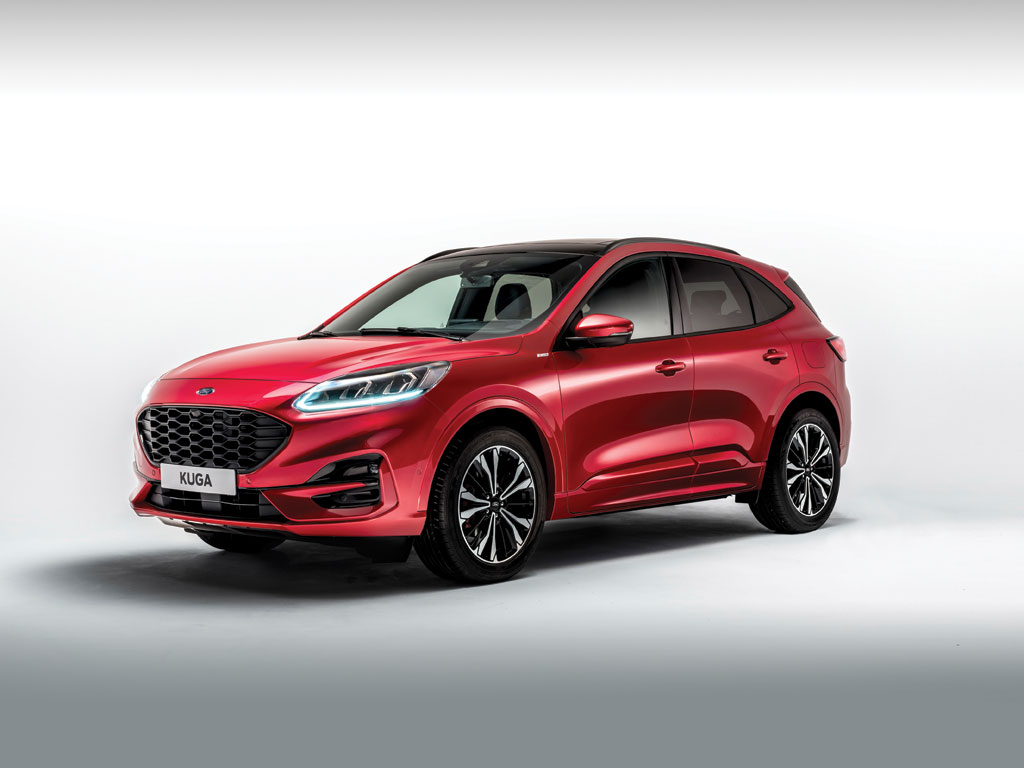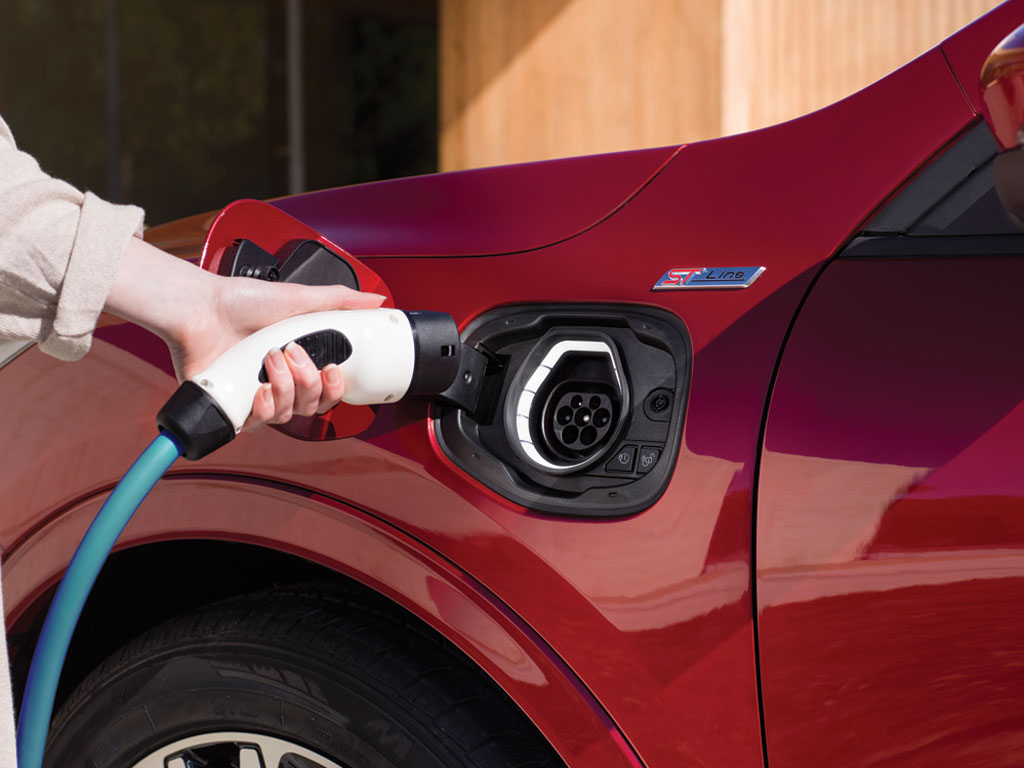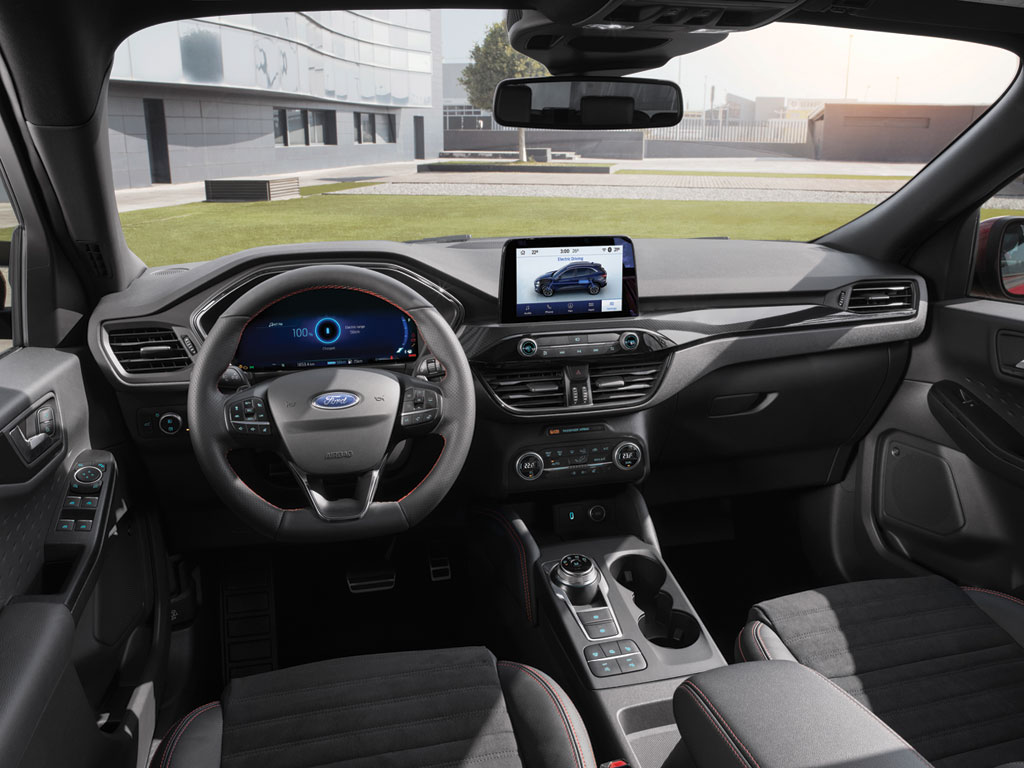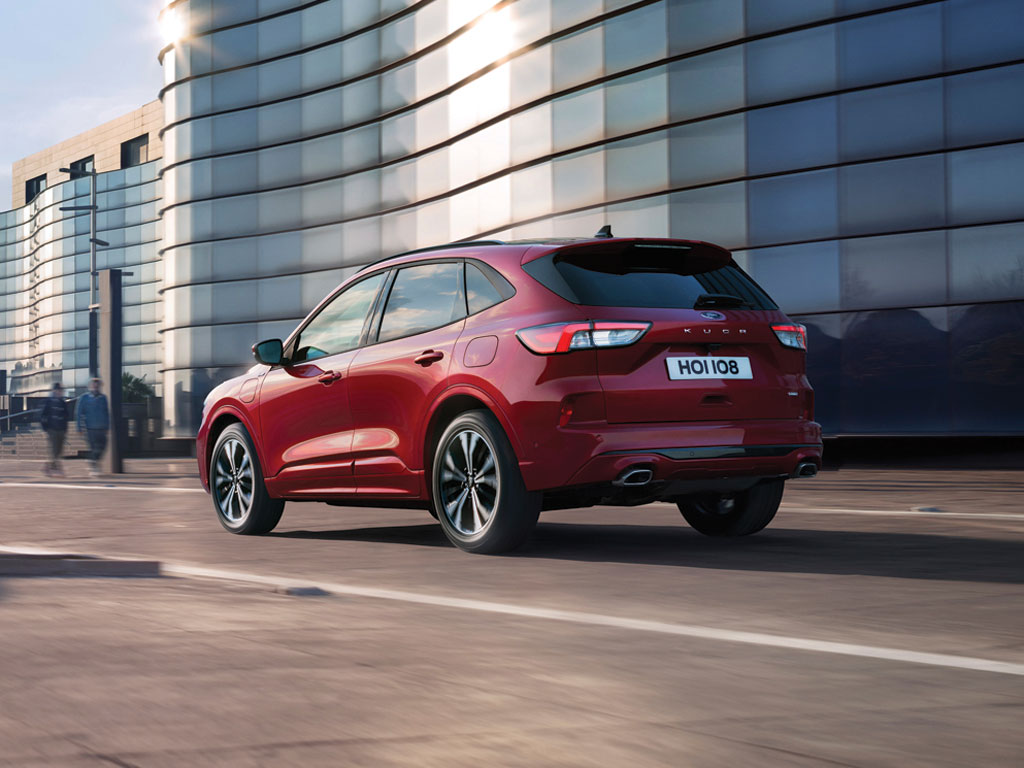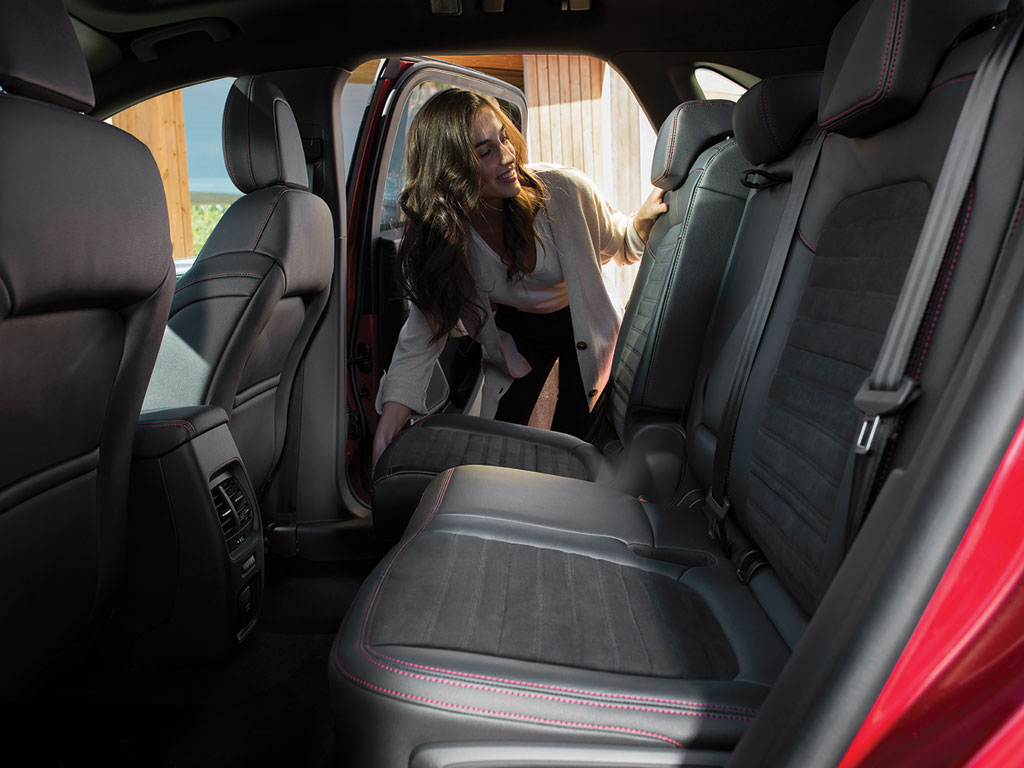Spotlight: Ford Kuga
Larger, sportier and with a plug-in hybrid version, the new Kuga feels well placed to continue Ford’s SUV momentum, explains Alex Grant.
Big plans
The outgoing Kuga was one of the largest cars in its class and, although the athletic silhouette and lighter platform hides it, its replacement is larger still. At 4.63 metres it’s now longer than a Discovery Sport, perhaps to make room in Ford’s line-up for the forthcoming Puma SUV – a Focus-sized newcomer positioned above the EcoSport. Ironically, that’s a gap the original Kuga used to fill.
Predictably, it’s roomier inside as a result. Ford is claiming more passenger space in both rows, and class-leading legroom in the back – a tough task with a lower roofline and a hybrid battery to package under the second row. There are no plans for a seven-seater, despite the C-Max MPV being discontinued recently, but the rear bench now slides forward to extend the luggage capacity and the boot floor is reversible to avoid dirt and damage.
Plugging in
Ford has offered plug-in hybrids in North America since 2013, but the Kuga brings the technology to Europe. It uses two electrified motors to assist a 2.5-litre petrol engine, while the 10.3kWh lithium-ion battery rewards a four-hour mains charge with a 54.7km electric range and tax-efficient 29g/km CO2 emissions. A hybrid without the plug-in range, but with a two-wheel drive option, will follow later this year with CO2 from 130g/km.
Around 70% of European Kuga customers opt for diesel engines, so the line-up is similar this time: 120hp 1.5-litre and 150hp or 191hp 2.0-litre ‘EcoBlue’ diesels with CO2 from 127g/km. All feature NOx-reducing AdBlue after-treatment but none are certified RDE2-compliant. Petrols comprise two turbocharged 1.5-litre units, with 120hp and 150hp, both capable of shutting off one of their three cylinders while not under load, to save fuel.
Keeping it simple
Contrasting the broad engine line-up, the Kuga will only be offered in three trim levels. Ford is simplifying its entire model range by focusing on the most popular versions. The entry-level Zetec trim has been dropped and the range now starts at Titanium, with sporty ST-Line and luxurious Vignale models as alternatives. All include Android Auto and Apple CarPlay at no cost.
The cabin layout is similar to the Fiesta and Focus, with a de-cluttered dashboard and a tablet-like 8.0-inch touchscreen perched on top, but it’s home to plenty of new technology. Ford is offering a fully digital instrument cluster, hands and feet-off automated parking and an on-board modem, enabling drivers to check vehicle status via a smartphone app. The 120hp and 191hp diesels can also be equipped with an eight-speed automatic gearbox, which adjusts to driving style, gradients and cornering angles.
In summary:
The Kuga has become an important part of the Ford line-up. The company is hoping the new version keeps up the momentum – the 153,000 units sold across Europe during a record 2018 meant the outgoing model outsold the Mondeo three to one. Certified RDE2-compliance feels like a missed opportunity but, with a plug-in hybrid available and the Puma soon to offer a high-spec downsized alternative, Ford’s mid-sized SUVs are looking very strong.

